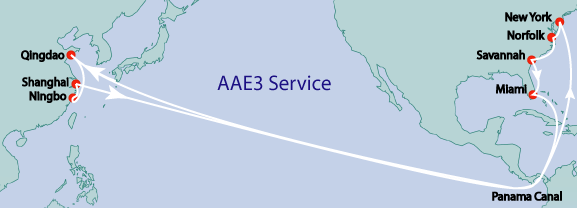


The main business of Ningbo Port covers handling, storage and transshipment of imported iron ore, container for foreign and domestic trade, crude and finished oil, liquid chemicals, coal and other bulk and genereal goods. The cargo throughput of Ningbo Port in 2003 reached 185 million tons. Following Shanghai Port, it ranks 2nd among the coastal ports of mainland China.

Ningbo Port consists of 5 port areas of Beilun, Zhenhai, Ningbo old port, Daxie and Chuanshan. It is a modern comprehensive multifunctional deep-water port, combining inland, estuary and coastal harbors. now there are 191 operational berths including 39 deep-water berths with 10,000 and more tonnage. The larger ones include the 250,000 tonnage crude oil terminal, the 200,000 tonnage ore discharging berth (also for 300,000 tonnage ships), the specialized terminal for the 6th generation container vessel and the 50,000 tonnage berth dedicated for liquid chemical products. Up to now shipping lines have been opened to more than 560 ports of over 90 countries and regions.


 0 kommentar(er)
0 kommentar(er)
